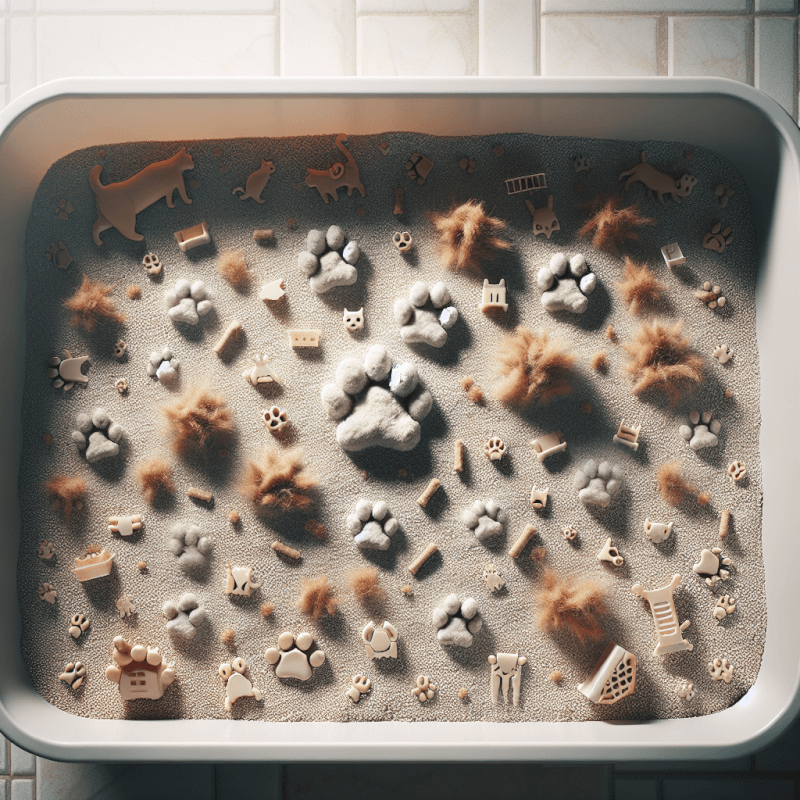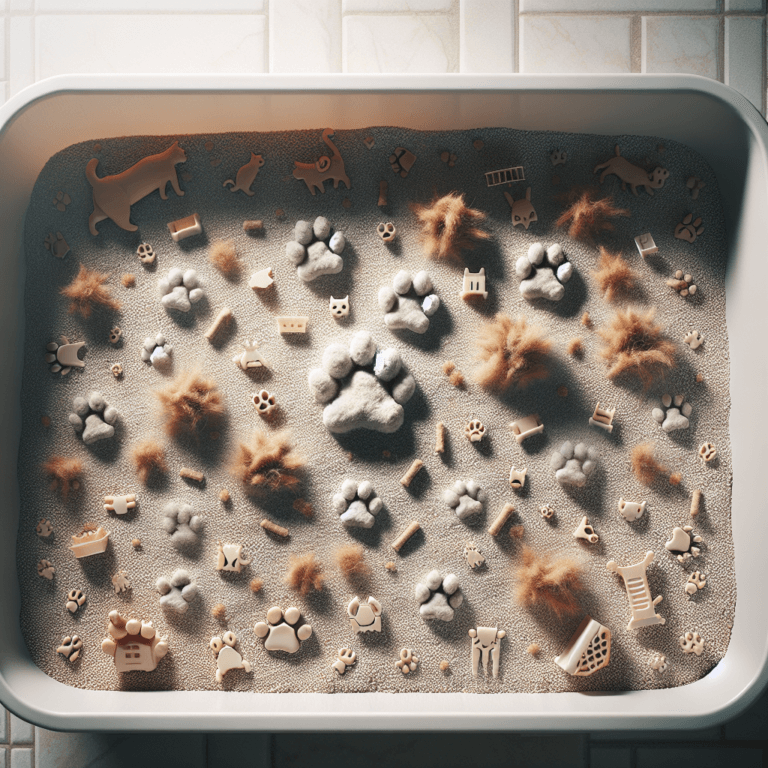So, you’ve finally brought home a new furry friend and now you’re faced with the age-old question: how do you go about litter training your cat? It may seem like a daunting task, but fear not! With a little patience and the right approach, you’ll have your feline friend using the litter box in no time. In this article, we’ll guide you through the process step by step, providing you with helpful tips and tricks along the way. Soon enough, your cat will be a litter box pro, and you’ll be able to enjoy a cleaner, odor-free home. Let’s get started, shall we?
Choosing the Right Litter Box
Consider the Type of Litter Box
When it comes to choosing a litter box for your cat, it’s important to consider their needs and preferences. There are various types of litter boxes available, including open litter pans, covered or hooded litter boxes, and self-cleaning options. Open litter pans are generally more suitable for cats who prefer a more open and spacious environment. Covered litter boxes provide privacy and can help contain odors, but some cats may feel trapped or uncomfortable in them. Self-cleaning litter boxes are a convenient option as they automatically remove waste, but they may not be suitable for all cats, especially those who are timid or easily startled.
Ready for Cat Trivia?
Test your knowledge about cats!

Select the Appropriate Size
The size of the litter box is also important to ensure your cat feels comfortable using it. Ideally, the litter box should be large enough for your cat to comfortably turn around and dig, as well as providing enough space for them to do their business without feeling confined. Cats come in different sizes, so it’s essential to choose a litter box that accommodates your specific feline companion. If you have a kitten, consider getting a smaller litter box that is easier for them to access until they grow bigger.
Choose the Right Location
The location of the litter box plays a crucial role in your cat’s litter training success. Cats prefer a quiet and private area where they can do their business without disturbances. Place the litter box in a low-traffic area of your home, away from noisy appliances or areas where your cat may feel vulnerable, such as near a loud washing machine or in a high-traffic hallway. It’s also important to ensure the litter box is easily accessible, especially for older cats who may have difficulty climbing stairs or accessing higher areas.
Choosing the Right Litter
Consider the Cat’s Preferences
When it comes to choosing litter for your cat, there are a variety of options available, including clay, silica gel, wood, and corn-based litters. Each type of litter offers different benefits and textures, so it’s important to consider your cat’s preferences. Some cats may have sensitivities or aversions to certain litter types, so it may take some trial and error to find the litter that your cat is most comfortable with. Keep in mind that cats are creatures of habit, so once you find a litter that your cat prefers, it’s best to stick with it to prevent any litter box aversions.
Avoid Scented Litters
While scented litters may seem like a good idea to mask odors, they can be overwhelming for cats, who have a sensitive sense of smell. Cats rely on their sense of smell to identify their territory and can be deterred from using a litter box if the scent is too strong or unfamiliar. Instead, opt for unscented litters or those with a neutral scent that won’t overpower your cat’s senses. This will help ensure that your cat feels comfortable using the litter box and won’t be discouraged from doing so by strong scents.
Opt for Non-Clumping Litter for Kittens
If you have a kitten, it’s best to choose a non-clumping litter instead of clumping litter. Kittens are curious and tend to explore their surroundings with their mouths, which means they may ingest small clumps of litter, causing potential blockages in their digestive system. Non-clumping litter is safer for kittens and eliminates this potential risk. As your kitten grows older and their digestive system becomes more mature, you can gradually transition them to clumping litter if desired.
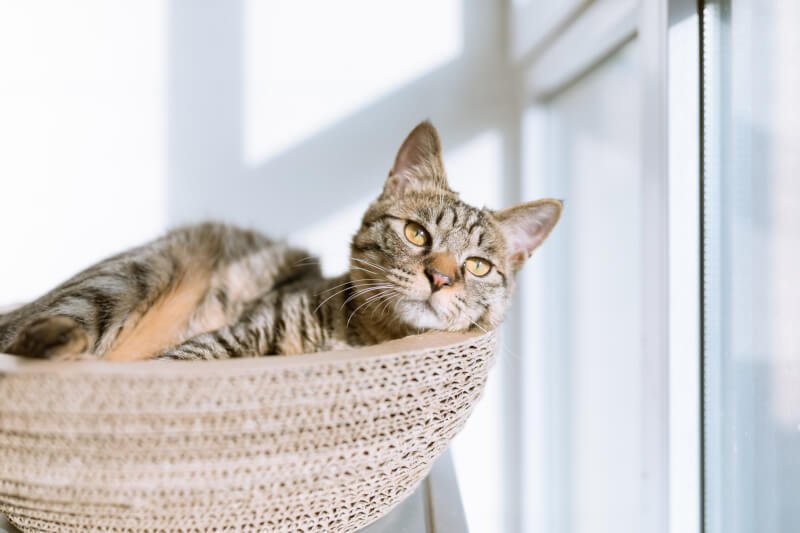
Introducing the Litter Box
Place the Litter Box in a Confined Area
When introducing the litter box to your cat, it’s essential to start in a confined area to help them understand its purpose. Start by confining your cat to a small room or a playpen with the litter box, food, water, and bedding. This limited space encourages them to explore the area and encourages them to use the litter box when nature calls. Gradually increase their access to the rest of the house once they consistently use the litter box in the confined area.
Show the Cat the Litter Box
Once your cat is in the confined area with the litter box, gently place them in the box and let them explore. You can also gently scratch the litter with your finger to demonstrate its purpose and encourage your cat to dig. Allow your cat to investigate the litter box at their own pace, without pressuring or forcing them. By showing them the litter box and letting them explore, you are helping them associate it with their natural instinct to eliminate.
Gradually Move the Litter Box to its Final Location
Once your cat is consistently using the litter box in the confined area, you can gradually move it to its permanent location in your home. Move the litter box a few feet each day until it reaches the desired location. This gradual transition helps your cat adjust to the new location without causing confusion or stress. It’s important to note that sudden changes in the litter box’s location may cause your cat to become disoriented and may result in accidents outside the litter box.
Positive Reinforcement
Reward the Cat with Treats or Praise
Positive reinforcement is a key component of litter training your cat. When your cat uses the litter box correctly, provide them with immediate rewards, such as treats or praise. This positive association helps reinforce the desired behavior and encourages your cat to continue using the litter box. It’s essential to provide rewards immediately after your cat uses the litter box to ensure they understand that their action is being rewarded.
Use a Clicker Training Method
Clicker training can be a helpful tool when it comes to litter training your cat. Clicker training involves using a clicker device to make a distinct sound that signals to your cat that they have performed the desired behavior correctly. Pair the clicker sound with rewards, such as treats or praise, to create a positive association. Clicker training can help enhance communication between you and your cat, making the litter training process more efficient and effective.
Avoid Punishment or Negative Reinforcement
It’s important to avoid punishment or negative reinforcement when litter training your cat. Punishing your cat for accidents or not using the litter box can create fear or anxiety, which can lead to further litter box aversion or behavioral problems. Instead, focus on positive reinforcement and consistently rewarding your cat for using the litter box correctly. Patience and understanding are crucial during the training process, as cats may take time to adjust to the routine and expectations.
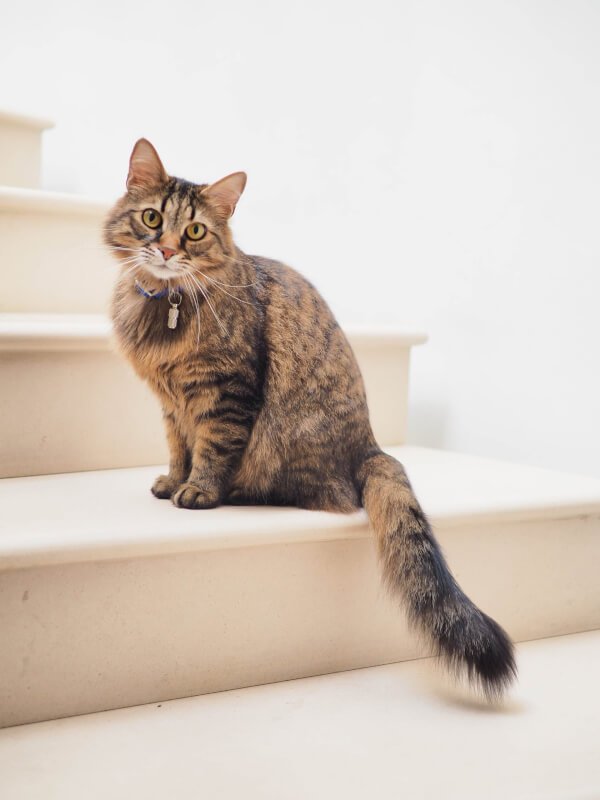
Keeping the Litter Box Clean
Scoop Waste Daily
Regularly scooping the litter box is essential to maintain cleanliness and ensure your cat’s comfort. Cats prefer a clean litter box and may avoid using it if it becomes dirty or has accumulated waste. Scoop the litter box at least once a day, removing any solid waste and clumps of urine to keep the litter fresh and odor-free. By maintaining a clean litter box, you are providing your cat with a hygienic environment and promoting their continued use of the litter box.
Regularly Change the Litter
In addition to scooping waste, it’s important to regularly change the litter entirely. The frequency of litter changes will depend on the number of cats you have and the type of litter you use. Clumping litter may require more frequent changes as clumps and urine can accumulate over time, leading to odor and discomfort for your cat. Non-clumping litter may need to be changed completely more often to maintain cleanliness. Follow the litter manufacturer’s guidelines regarding litter replacement and consider your cat’s preferences and usage patterns.
Clean the Box with Mild Detergent
Periodically cleaning the litter box with mild detergent is important to prevent buildup of odors and bacteria. Avoid using harsh chemicals, as they may leave behind strong smells or residues that can discourage your cat from using the litter box. Rinse the litter box thoroughly after cleaning to ensure there is no detergent residue left behind. Regular cleaning not only helps maintain a clean and hygienic environment for your cat but also prolongs the lifespan of the litter box.
Dealing with Accidents
Avoid Scolding the Cat
Accidents outside the litter box can be frustrating, but it’s important to avoid scolding or punishing your cat. Yelling or verbally reprimanding your cat can create fear or anxiety, leading to further behavioral problems or litter box aversion. Instead, calmly clean up the accident and make sure to thoroughly eliminate any odor to prevent repeat incidents. Focus on reinforcing positive litter box behavior and identifying any potential reasons your cat may be avoiding the litter box, such as litter type or location.
Thoroughly Clean Accident Sites
When accidents occur outside the litter box, it’s important to clean up the area thoroughly to remove any odor or residual traces of urine or feces. Cats have a keen sense of smell, and if they can detect their waste in an area, they may continue using it as a designated elimination spot. Use an enzymatic cleaner specifically designed to neutralize pet odors to ensure complete elimination of any lingering smells. This will discourage repeat accidents and help maintain a clean environment for your cat.
Consider Using an Enzymatic Cleaner
Enzymatic cleaners are designed to break down organic matter and eliminate odors at the molecular level. Regular household cleaners may mask the odor temporarily or leave behind a strong scent that can worsen the situation. Enzymatic cleaners, on the other hand, effectively remove any traces of urine or feces and neutralize the odor, making it less likely for your cat to identify that spot as an appropriate elimination area. Using an enzymatic cleaner can be particularly beneficial in preventing repeat accidents and discouraging marking behavior.
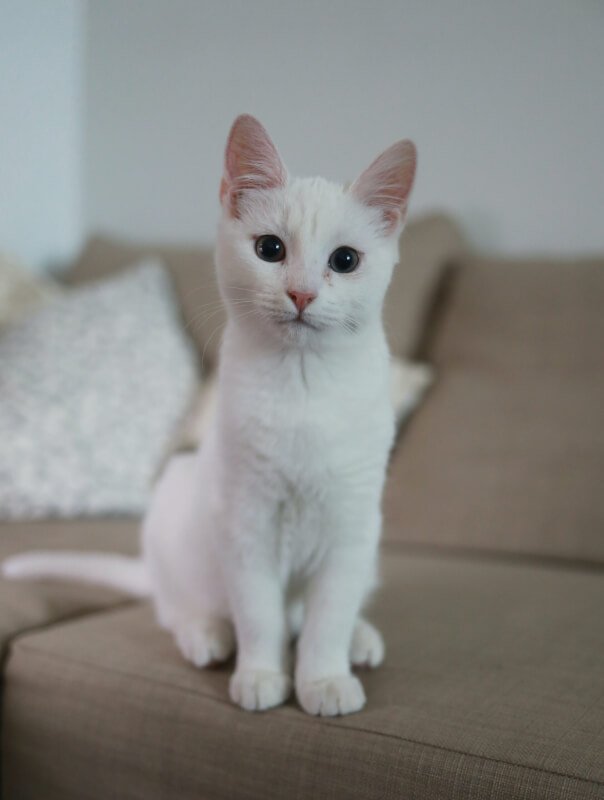
Addressing Issues and Problems
Consult a Veterinarian
If your cat consistently refuses to use the litter box or experiences sudden changes in litter box behavior, it’s crucial to consult a veterinarian. In some cases, litter box aversion or accidents outside the litter box can be signs of underlying medical conditions or discomfort. A veterinarian can conduct a thorough examination to rule out any medical issues that may be contributing to the problem. They can also provide guidance and recommendations tailored to your cat’s specific needs to help resolve any litter box challenges.
Identify and Address Medical Conditions
Certain medical conditions, such as urinary tract infections or gastrointestinal issues, can cause discomfort or pain during elimination, leading to litter box aversion or accidents. If your cat’s litter box problems persist or worsen, it’s important to work closely with your veterinarian to identify and address any underlying medical conditions. By treating the root cause of the problem, you can help your cat regain their litter box habits and ensure their overall health and well-being.
Consider Professional Training or Behaviorist
If you have tried various litter training techniques and have been unsuccessful in resolving your cat’s litter box issues, it may be beneficial to seek professional help. Professional trainers or behaviorists who specialize in cat behavior can assess your specific situation, identify any underlying causes, and provide tailored training plans to address the problem. They can provide guidance on behavioral modification techniques, environmental enrichment, and stress reduction strategies to help your cat develop healthy litter box habits.
Troubleshooting Common Challenges
Cat Refusing to Use Litter Box
If your cat refuses to use the litter box, it may be helpful to reevaluate the litter type, location, or cleanliness. Experiment with different litter options to find one that your cat prefers. Consider changing the litter box location to a more secluded or quiet spot. Ensure the litter box is clean and scooped regularly, as some cats may avoid a dirty litter box. If the problem persists, consult a veterinarian or professional behaviorist for further guidance.
Cat Tracking Litter Outside
If your cat tracks litter outside of the litter box, there are several solutions you can try. Placing a litter mat or tray outside the litter box can help catch any litter that may be stuck to your cat’s paws. You can also try using a litter box with higher sides or a covered litter box to contain the litter better. Another option is to switch to a low-tracking litter that is less likely to cling to your cat’s fur. Regular vacuuming or sweeping around the litter box area can also help minimize litter tracking.
Multiple Cats Sharing a Litter Box
If you have multiple cats sharing a litter box, it’s important to provide enough litter boxes to meet their needs. The general rule of thumb is to have one litter box per cat, plus an extra one. This ensures that each cat has enough space and privacy to comfortably do their business. Additionally, some cats may prefer separate litter boxes for urine and feces, so offering multiple options can help accommodate their preferences and minimize conflicts.

Transitioning from Litter Box to Outdoors
Gradual Introduction to Outdoor Environment
If you plan to transition your cat from using a litter box to eliminating outdoors, it’s important to do so gradually. Begin by providing your cat with supervised access to an outdoor area, such as a secure enclosure or a harness and leash. Allow them to explore and become familiar with the outdoor environment while still having their litter box available indoors. As your cat becomes more comfortable outdoors, you can gradually reduce the indoor litter box usage.
Provide a Suitable Outdoor Elimination Area
When transitioning your cat to eliminate outdoors, it’s essential to provide a suitable area for them to do so. Choose an area in your yard that is easily accessible, private, and away from areas with heavy foot traffic. Create a designated elimination area by placing a shallow container filled with sand or loose soil. Gradually transition your cat to using this area by placing some of their soiled litter or feces in the container to familiarize them with the scent.
Supervise Outdoor Transition
During the transition from using a litter box to eliminating outdoors, it’s crucial to supervise and monitor your cat’s behavior. Accompany them outside and observe their actions to ensure they are using the designated elimination area. If your cat shows signs of using other areas in the yard, gently redirect them to the designated spot. Continue to provide access to their indoor litter box during the transition period to prevent accidents if your cat still prefers indoor elimination.
Conclusion
Litter training your cat may require time, patience, and consistency, but it is an essential process in ensuring a clean and happy environment for both you and your feline companion. By choosing the right litter box, selecting the appropriate litter, introducing the litter box properly, and using positive reinforcement techniques, you can help your cat develop good litter box habits. Maintaining a clean litter box, addressing accidents promptly, and seeking professional help when needed will further contribute to a successful litter training journey. With patience and consistency, you can create a clean and happy environment for your beloved cat.
